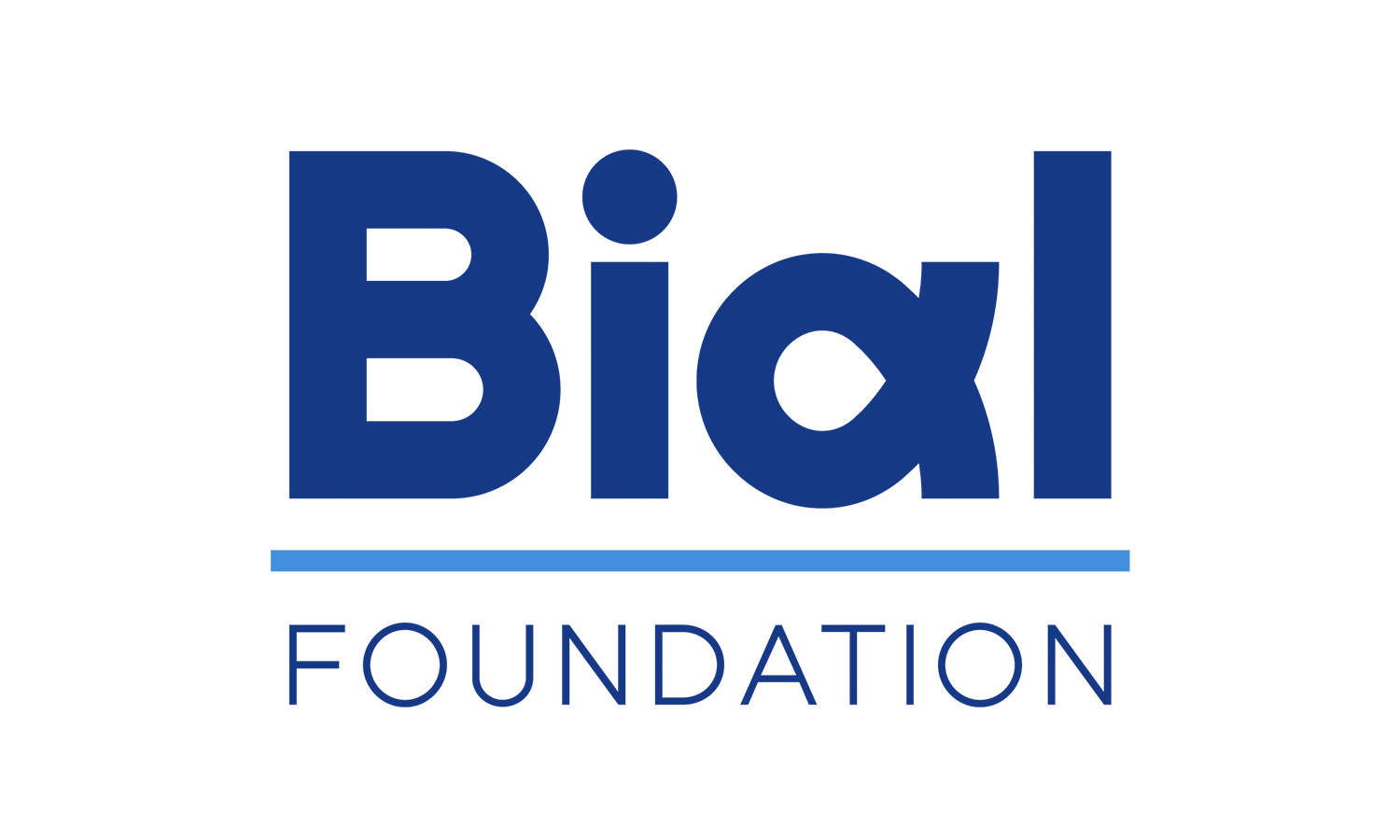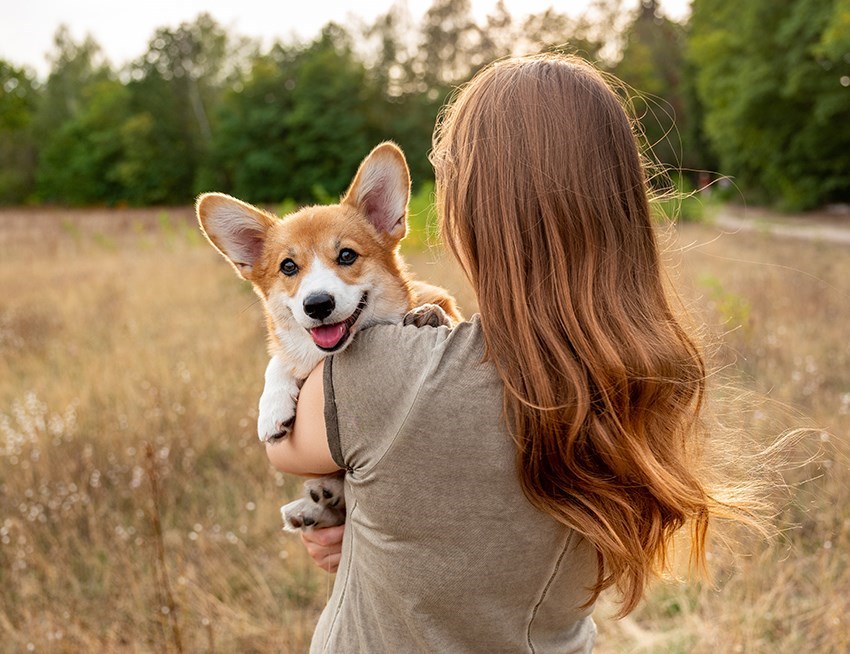A study suggests that viewing the owner's face works as a positive social reinforcement for dogs. A team of researchers tested a group of dogs by presenting them with a two-way choice task: a video showing the owner's face next to a food reward and another video displaying the back of the owner's head with the same food reward. The food associated with the caregiver's face registered the highest frequency of choice.
Anna Kis has been doing research on canine behaviour for over ten years and has accomplished at least surprising results about “man's best friend”. For instance, she found that dogs, like humans, can get a bad night's sleep after a stressful day. Despite falling asleep quickly, twice as fast as the relaxed dogs curiously, they have sleep disturbances, with less time in deep sleep (more details here).
In another study, the researcher coordinated a team that focused on the effect that oxytocin - a hormone produced in a region of the brain called the hypothalamus - can have on canine social cognition. Her team found that positive interaction with humans can increase oxytocin levels in dogs (Hritcu et al., 2019; Kis et al., 2017), as opposed to social isolation, as in case of dogs living in shelters, and where increased levels of cortisol were found – hormone associated with stress (Gunter et al., 2019).
Following this study, the paper published in August 2021 in iScience by the team at the Institute of Cognitive Neuroscience and Psychology at the Hungarian Academy of Sciences in Budapest, composed by Anna Kis, Henrietta Bolló, Orsolya Kiss and József Topál, sought to understand whether the human caregiver's face could have an effect on dogs' preference in a two-way choice task.
A sample of 19 males and 20 females of adult pet dogs from various breeds over one year old individually watched two videos simultaneously: one showing their owners' face (emotionally neutral) and another showing only their owners’ back of the head. Along with both video projections was the same food reward.
As with humans, in particular with children, and in agreement with previous studies (for example Stavropoulos &Carver, 2014), dogs showed a significant selection bias toward food placed next to their owners' video-projected faces.
The authors of this study point out that research in this area has already shown that dogs find social interaction with humans intrinsically rewarding, which may explain the tendency to choose the food placed next to the video with the owner's face. Furthermore, these results are in line with previous studies that suggest that dogs perceive neutral human faces as positive rather than negative.
In short, this study reinforces the idea that, like us, dogs have a behavioural preference for human social stimuli and consider these to have a rewarding effect for them.
Learn more about the project supported by the BIAL Foundation “The potential effect of behavioral stimulation on social competence in dogs (via endogenous oxytocin release)” here.
Photo credits Anna Kis - Family Dog Project, Budapest






















































